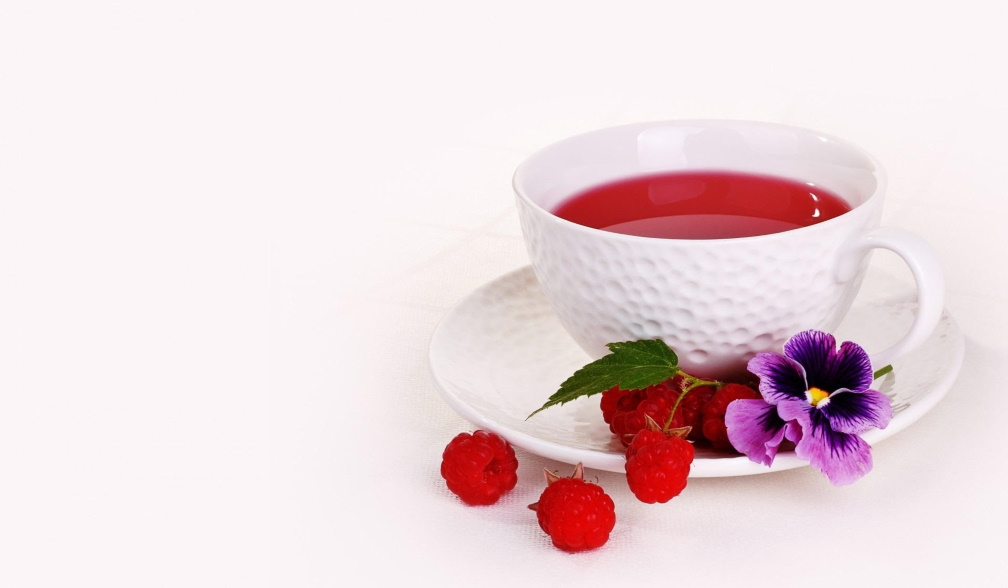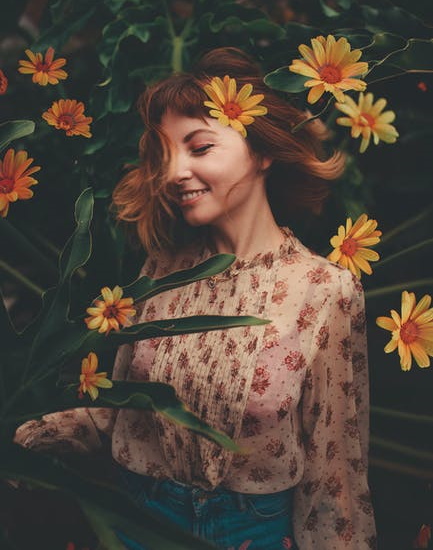Natural methods to colour stain hair at home
- Written by Cara barilla; Hair, beauty & Wellness Educator

There are so many different methods which you can create healthy hair and maintain a really nice natural reflect, shine and style color to your hair with many known ingredients at home.
Natural remedies for treating and colouring hair can all be found in your cupboard, in the kitchen or even in the garden. This all may sound unusual to think that there's so many different natural ways that you can source color stain treatments & natural protective hair sources you'll find that you are not only creating long-term health for overall moisture and texture strength; you are also essentially saving money and time.
Here are some ways that you can find natural ingredients around the home, in your cupboard, in your garden or even at the grocery store and farmers market.
Hey Henna hair stains: Henna can be found at specialised local grocery stores, the local chemist or even accessible, easy to reach online marketplaces. This is a really natural source of strong long lasting pigmentation that can allow color to absorb into the haircut cortex for longer and will also add shine. In many centuries and cultures people have found Henna to be quite reliable having a strong warm color pigment. There are Henna products that range from five dollars to $25 this in comparison to high ammonia hair products and colors will definitely meet your budget and lower health and allergy risks.
Tea staining: Tea staining has been spread across different cultures over centuries not only does this tea staining process have beneficial properties of hair protection as it is very light, gentle, vegan friendly & pregnant safe, it also can create a really natural soft reflect and subtle shine. All you need to do is soak either cranberry tea, chai tea, black tea, blueberry tea, in a pot for or via a kettle for about one minute let it cool in the fridge or out on the bench top, then apply it in your hair when you're when it is lukewarm. Massage throughout your hair for about 15 - 20 minutes and then rinse. Apply conditioner as usual. You can layer tea staining and apply once a week. The color stain you have chosen will last up to three weeks and give you soft shine and a subtle coating. As simple as it sounds the color tea you choose will simply stay in your hair to that color. Many people find that applying cranberry have soft subtle warm tone results from copper to pink and mixed with blueberry tea can have transient plumb tones.
Beetroot hair colouring: Beetroot hair coloring usually stains your hair for about two weeks and gives you a pink tinge. Natural organic food coloring from an approved source is great for children's hair on school holidays or temporary fashion color and harmless novelty hair coloring.
Fruit staining: Blueberries are often used to create a purple tone which will last about a week without washing. Mash up a punnet of blueberries with half a cup of water and apply through hair. Leave in for 20 mins then rinse. Cherry hair coloring once was used in medieval times to stain the lips nails and hair. Cherries are often considered the longest lasting and leaves a vibrant red mahogany reflect.
Coffee: Coffee soaking hair coloring techniques were often used in the 1800s however It was found to dry out the hair. Many people who would like a brunette warm tone would usually experiment with chai or black tea.
Floral hair soaking has been used all around the world to use the pigment from the flower petals and to be absorbed into the hair shaft. This will only last a week depending on the colour depth and porosity of the hair, however there are many colors which are unique In blooms which would be great safe method to experiment with.




